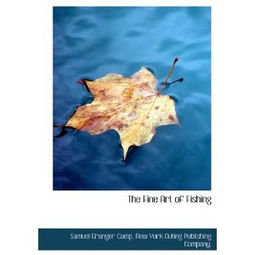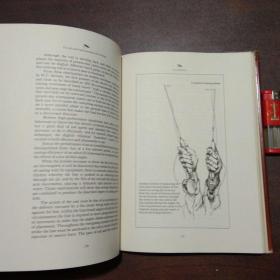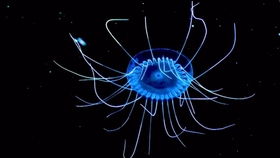
Content:
Introduction: Fishing is an ancient pastime that has been enjoyed by countless enthusiasts around the world. With the right techniques and equipment, anyone can become a proficient angler. One of the most essential tools in a fisherman's arsenal is the fishing rod. In this article, we will delve into the art of quick fishing and provide you with expert tips on how to use a fishing rod effectively to catch more fish in less time.
Choose the Right Fishing Rod: The first step in mastering quick fishing is selecting the appropriate fishing rod. Here are some factors to consider when choosing a rod:
- Length: A longer rod allows for greater casting distance, while a shorter rod is more versatile for tight spaces.
- Action: The action of a rod refers to how it bends under pressure. Fast-action rods are ideal for quick, light-tackle fishing, while slow-action rods are better for heavy-duty fishing.
- Power: The power of a rod determines its ability to handle heavy fish. Choose a rod with enough power to land your catch without breaking the line.
Learn the Basics of Casting: Casting is the art of throwing your lure or bait into the water. Here are some tips to improve your casting technique:
- Grip the rod correctly: Hold the rod with a firm but relaxed grip, using your fingers to control the rod's movement.
- Practice your stance: Stand with your feet shoulder-width apart and bend slightly at the knees. This stance provides stability and balance.
- Cast with your entire body: Use your legs, arms, and shoulders to generate power and accuracy in your cast.
- Adjust your casting distance: Experiment with different casting techniques to achieve the desired distance without spooking the fish.
Master the Art of Lure Retrieval: Lure retrieval is crucial for attracting fish and triggering bites. Here are some techniques to try:
- Jerk and pause: Move your lure in short, sharp bursts, followed by pauses to mimic the natural movement of prey.
- Swing and retrieve: Use a side-to-side motion to mimic the swimming patterns of fish.
- Slow and steady: A slower retrieval can be more effective for finicky fish or in areas with heavy cover.
Use the Right Bait and Lure: The type of bait or lure you use can greatly impact your success in quick fishing. Consider the following:
- Match the hatch: Use bait that matches the natural food source of the fish you're targeting.
- Vary your offerings: Experiment with different colors, sizes, and types of lures to see what works best in your fishing environment.
- Consider the season: Adjust your bait and lure selection based on the time of year and the fish's feeding habits.
Read the Water: To become a proficient quick fisherman, it's essential to understand the water you're fishing. Here are some tips:
- Observe the surface: Look for fish activity, such as splashes or bubbles, which can indicate the presence of fish.
- Pay attention to structure: Rocks, logs, and other obstructions can provide cover for fish and are excellent spots to cast.
- Keep an eye on the weather: Changes in weather can affect fish behavior, so be prepared to adapt your technique accordingly.
Stay Patient and Observant: Quick fishing can be exhilarating, but patience is key. Here are some tips to help you stay focused:
- Keep a steady pace: Don't rush your fishing; take your time to observe and experiment with different techniques.
- Be prepared to change tactics: If you're not having success, don't be afraid to try a different approach.
- Stay observant: Pay attention to the water and the fish's behavior to gain insights into their habits and preferences.
Conclusion: Using a fishing rod effectively for quick fishing requires a combination of knowledge, practice, and patience. By following these expert tips, you'll be well on your way to becoming a skilled angler who can catch more fish in less time. Remember, the key to success is to adapt your technique to the specific conditions of your fishing environment and to stay observant and patient throughout your fishing adventure. Happy fishing!












